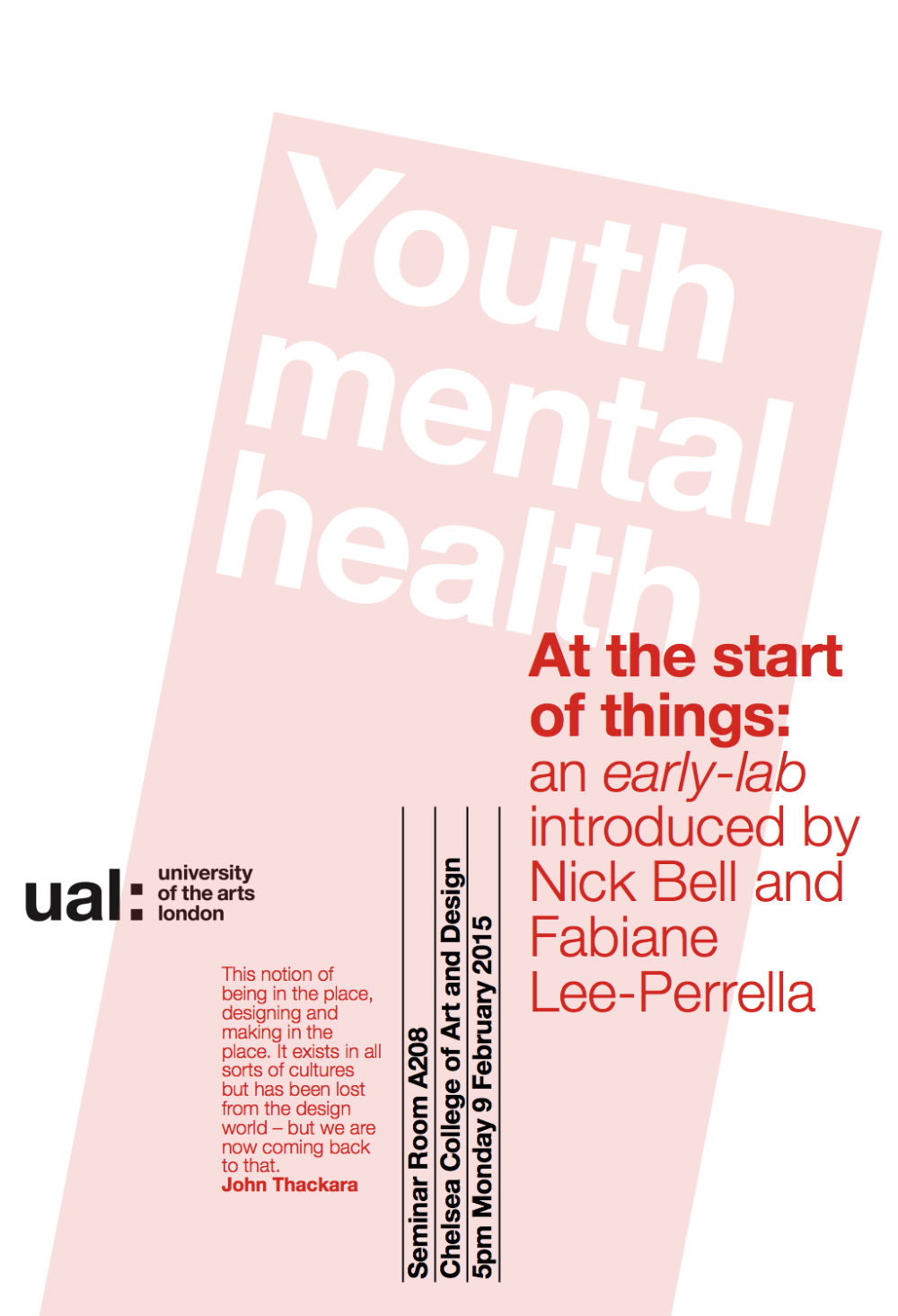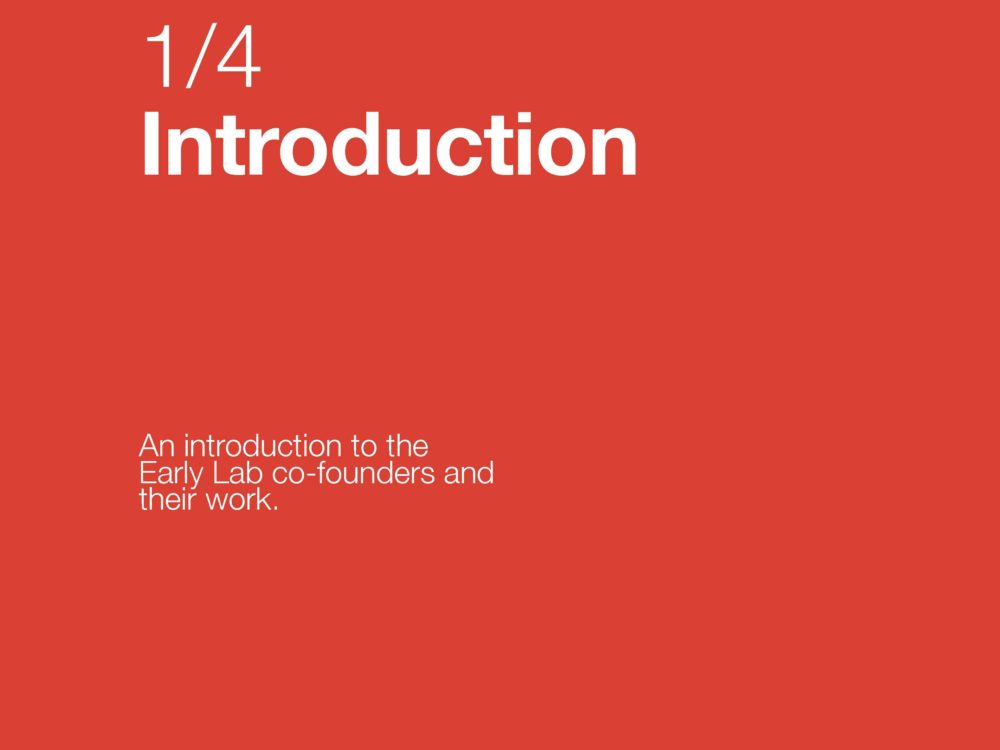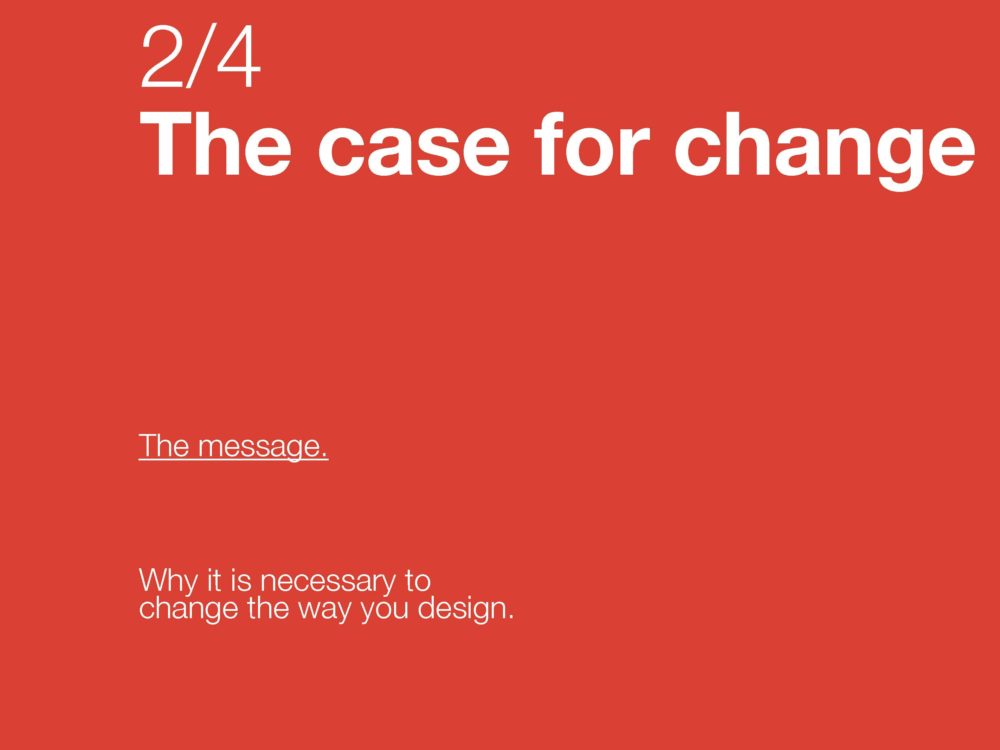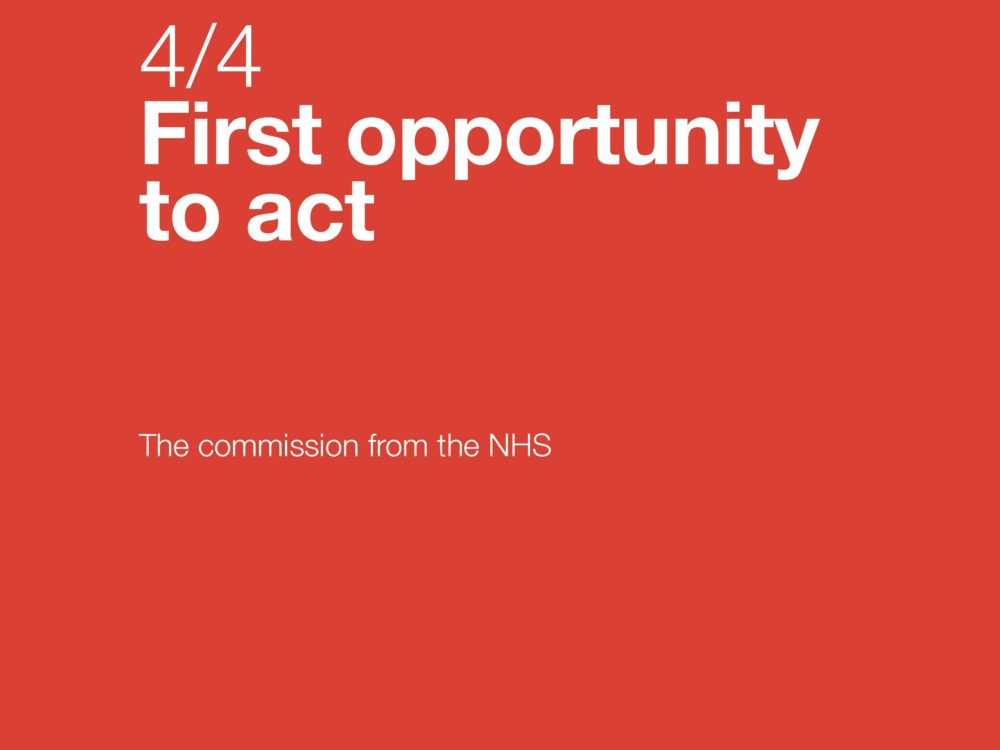Presenting the project to UAL design students: youth mental health with NSFT
In presenting the project to students Early Lab places emphasis on how it provides an opportunity to become involved in a project much earlier than designers are used to. The project is presented as an opportunity for them to experience practicing design in a different way, more relevant to the complexity of contemporary challenges: at the beginning, away from the studio, in the place where a social issue is live, working closely with those that endure it every day.
Jan – Feb 2015. Presenting the project and the case for designing this way to design students at UAL.

During January and February 2015 Nick and Fabiane gave talks at five of the six UAL colleges (Central Saint Martins, London College of Communication, Camberwell College of Arts, Wimbledon College of Arts and Chelsea College of Arts) presenting the project with the NHS. Students from the sixth UAL college, London College of Fashion, managed to attend talks at the other colleges.
Part 1 of the presentation: introduction
First, Nick and Fabiane introduce themselves as leaders of the project opportunity, illustrating their respective design specialisms through a number of project examples.
To open part 1 of the presentation pdf, click on the image below:
Part 2 of the presentation: change
The message: Early Lab makes the case for a radical repositioning. Part 2 presents an emerging scenario as an argument for why designers need to change the way they think and work: that the world is in transition from one world-view to another. Designers are invited to embrace this profound shift positively.
Design’s traditional position towards the end of processes – associated with twentieth century models of practice – is producing increasingly precarious career outcomes due to its rapidly reducing relevance to contemporary challenges. There is however an exciting future for design and it is one in which it fulfils its undoubted potential to create a meaningful role for itself at the beginning of processes – the only place to be if it is to stand any chance of helping to produce outcomes to complex challenges that are sustainable and resilient.
To open part 2 of the presentation pdf, click on the image below:
Part 3 of the presentation: action
In response to the message (in part 2), part 3 presents potential approaches together with examples of action. If designers are to reposition themselves at the start of things, what might their thinking and practice look like?
Fabiane talks through a range of strategies she has used in previous projects that involve collaboration with groups of people in the places where they live.
To open part 3 of the presentation pdf, click on the image below:
Part 4 of the presentation: opportunity
Part 4 presents the opportunity for design students represented by the project commission from Norfolk & Suffolk NHS Foundation Trust (NSFT), including:
• what the project offers students
• the programme of events
• what NSFT needs
• who we are, what we do
• the participants
• process and methods
• the programme and key dates
• stage 1 – the field trip
• stage 2 – after the field trip, constructing the Design Brief
• beyond stage 2 – procurement of a response to the Design Brief.
To open part 4 of the presentation pdf, click on the image below:
Next steps
Having given seven talks across the UAL collages, students interested in the project were asked to register for an Early Lab one day symposium that would present the issue of youth mental health and the ways in which art and design can address it.
The symposium is scheduled to happen in London in late February and would be used to prepare students for possible involvement in the forthcoming project with NSFT. Speakers include Lorraine Gamman (Design Against Crime Research Centre, CSM), Errol Francis (Institute of Inner Vision, LCC) and Dr Jon Wilson (Consultant Psychiatrist, NSFT).





